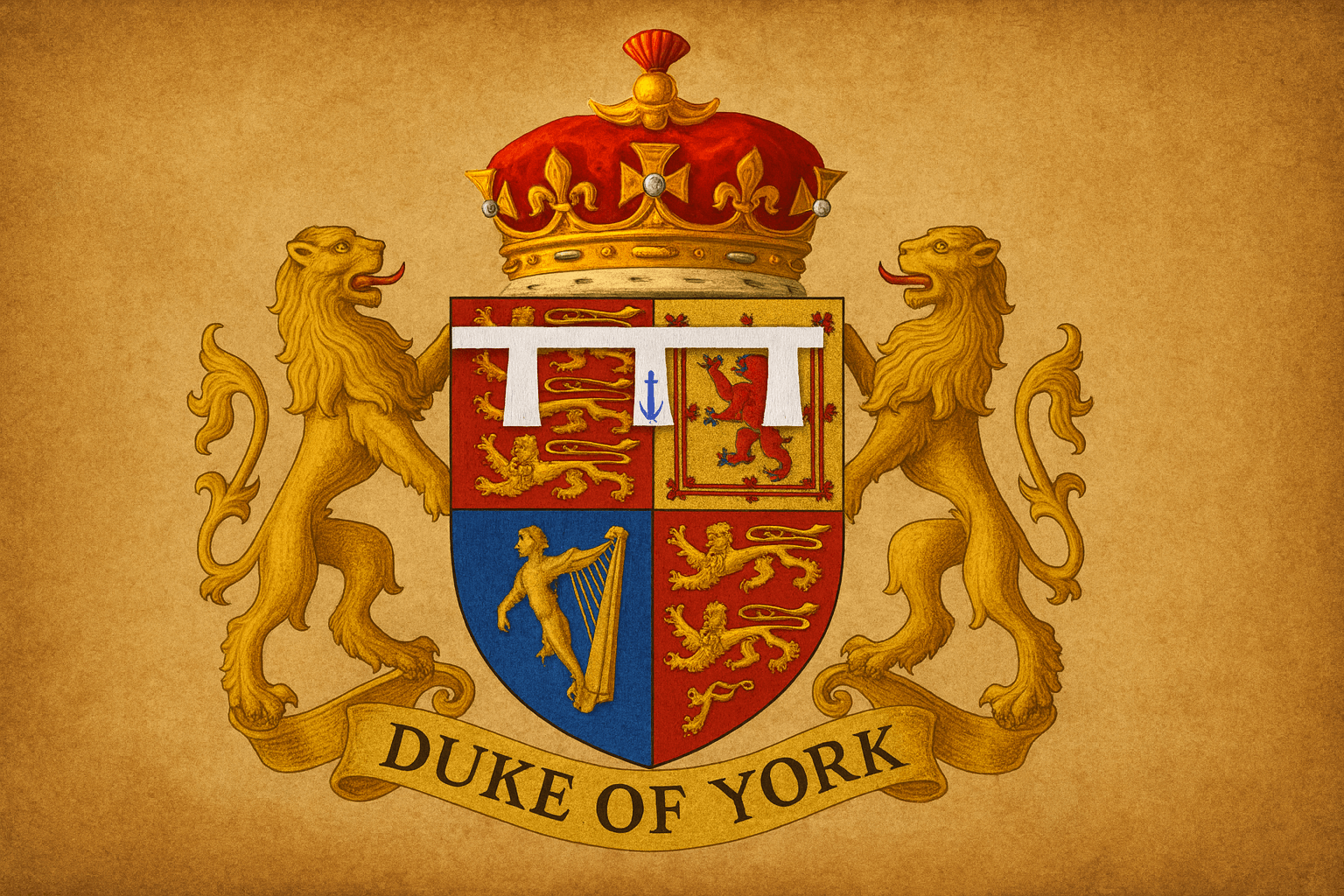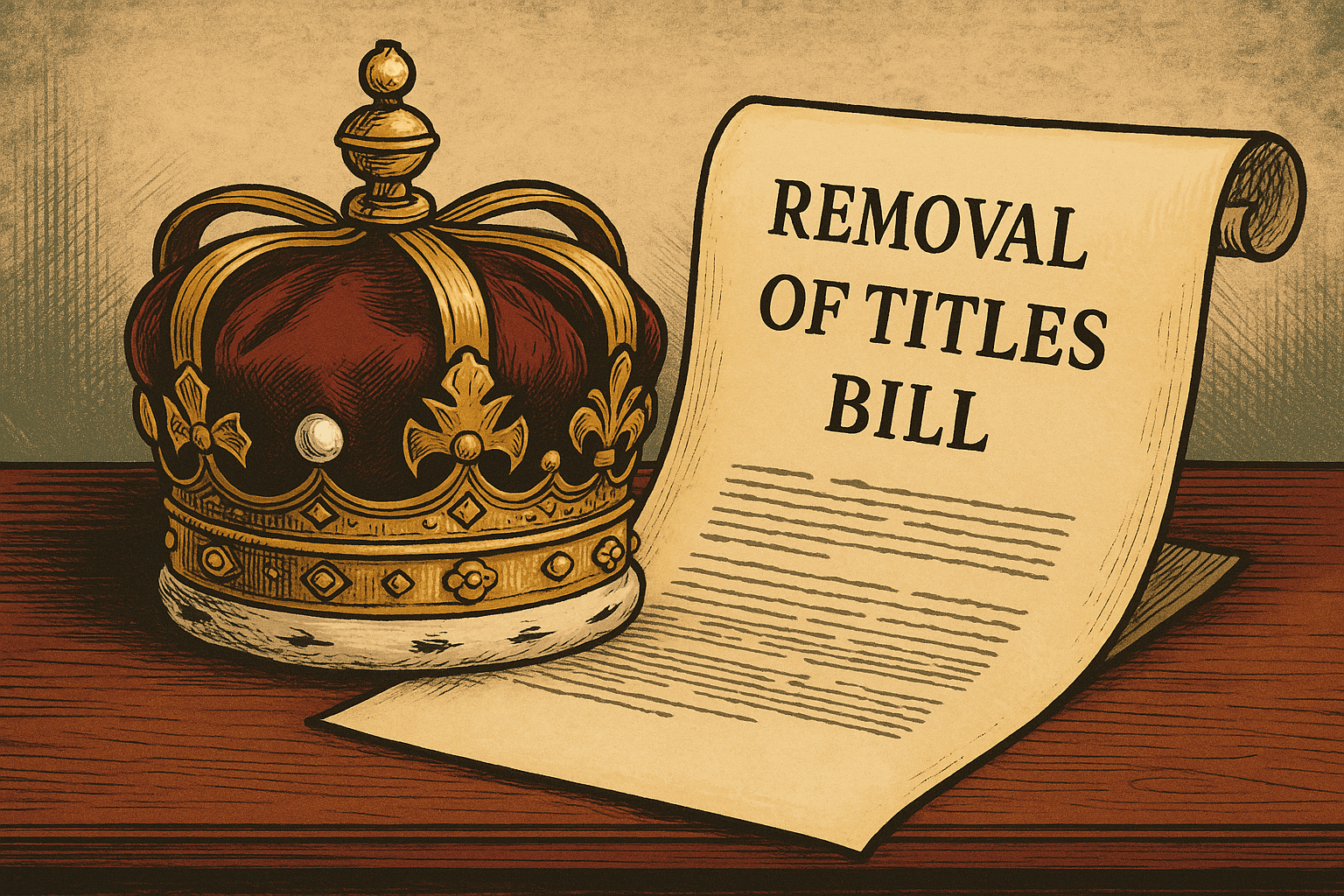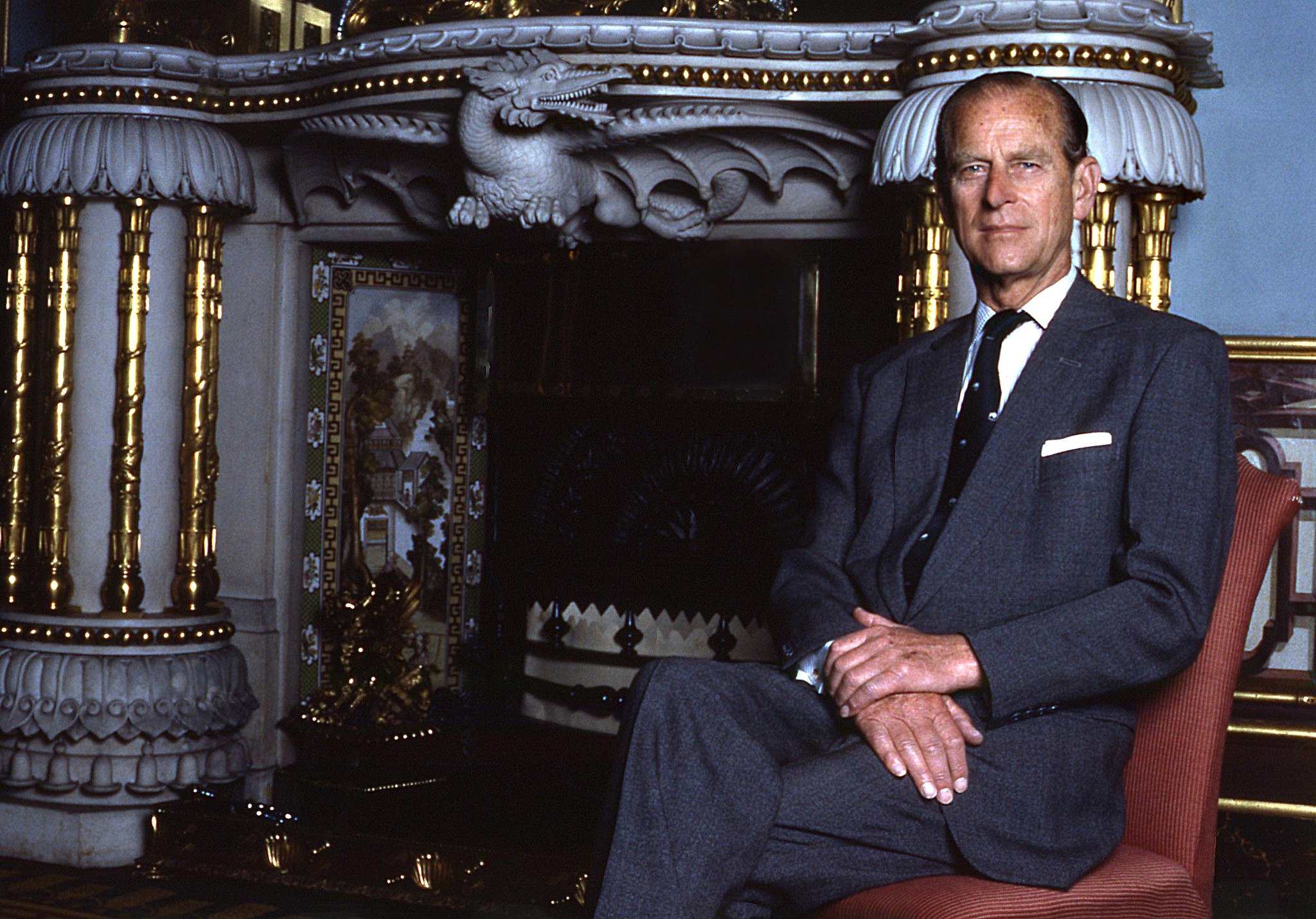Introduction
The Dukedom of York is among the most prestigious titles in British royal history, yet it has seldom passed from father to son in the manner of other hereditary peerages. This recurring disappearance has fueled the misconception that the title cannot be inherited. In fact, the Dukedom is fully legal and hereditary—its unusual track record stems from repeated lack of male heirs or holders ascending the throne.
The Medieval Foundations
The title was first created in 1385 for Edmund of Langley, fourth surviving son of Edward III. Edmund, though less politically prominent than his siblings, founded the House of York, renowned for its central role in the Wars of the Roses.
His son Edward, the second Duke, died at Agincourt in 1415 without male issue. The title next passed to Richard Plantagenet (son of Edmund’s other child), who fathered future kings, including Edward IV. Edward IV became Duke in 1460 and merged the title into the Crown when he ascended in 1461.
Re‑creations and Dynastic Turnover
Across eight creations, the Dukedom has been revived repeatedly, yet nearly every holder held it only briefly:
-
Second creation (1474): Richard of Shrewsbury—one of the “Princes in the Tower”—died childless in 1483.
-
Third creation (1494): Henry Tudor—later Henry VIII—ascended the throne in 1509, merging the title into the Crown.
-
Fourth (1605): Charles Stuart became Charles I in 1625.
-
Fifth (1644): James Stuart became James II in 1685.
In the 18th century came three creations of the Duke of York and Albany, distinct to the Peerage of Great Britain:
-
Ernest Augustus (brother of George I), no heirs;
-
Prince Edward (brother of George III), died unmarried;
-
Prince Frederick, long-standing army commander, died without issue.
Subsequent creations:
-
Sixth (1892): Prince George—later George V—held the title until ascending in 1910.
-
Seventh (1920): Prince Albert—later George VI—ascended in 1936.
-
Eighth (1986): Prince Andrew, Duke of York—current holder, with no sons; the title is expected to become extinct again.
A Complete Lineage of the Dukes of York
Here is a reference list of each creation and its outcome:
| Creation | Holder (with tenure) | Relation to monarch | Outcome |
|---|---|---|---|
| 1385 | Edmund of Langley (1385–1402) | 4th son of Edward III | Died, title passed to his son |
| Edward of Norwich (1402–1415) | Son of Edmund | Died at Agincourt without issue | |
| Richard Plantagenet (1415–1460) | Nephew of 2nd duke | Father of Edward IV | |
| Edward Plantagenet (1460–1461) | Son of Richard | Became Edward IV, merging title | |
| 1474 | Richard of Shrewsbury (1474–1483) | 2nd son of Edward IV | Died, presumed murdered, no heirs |
| 1494 | Henry Tudor (1494–1509) | 2nd son of Henry VII | Became Henry VIII |
| 1605 | Charles Stuart (1605–1625) | 2nd son of James I | Became Charles I |
| 1644 | James Stuart (1644–1685) | 2nd son of Charles I | Became James II |
| 1716 | Ernest Augustus, Duke of York & Albany | Brother of George I | Died without heirs |
| 1760 | Prince Edward Augustus, Duke of York & Albany | Brother of George III | Died unmarried, no heirs |
| 1784 | Prince Frederick, Duke of York & Albany | 2nd son of George III | Died without heirs |
| 1892 | Prince George (1892–1910) | 2nd son of Edward VII | Became George V |
| 1920 | Prince Albert (1920–1936) | 2nd son of George V | Became George VI |
| 1986 | Prince Andrew (1986–present) | 2nd son of Elizabeth II | No male heirs (has daughters only) |
Why It Rarely Passes On
-
Legal Inheritance Applies: The title is created with the standard remainder to “heirs male of the body lawfully begotten.” There is no gender flexibility, and daughters cannot inherit.
-
Customary Second‑Son Grant: By tradition, the sovereign’s second son receives the Dukedom of York. This increases the chance of succession into the Crown, which ends the peerage.
-
Repeated Childlessness Among Dukes: Many holders died without legitimate male issue. For example, none of the eighteenth-century York and Albany dukes lived to father sons, and Prince Andrew’s daughters cannot inherit under current rules.
How York Compares to Other Royal Dukedoms
Unlike Cambridge, Sussex, or Edinburgh—some of which remain within hereditary lines—York has historically ended with each holder. This is not due to structural uniqueness, but simple circumstance. In contrast, the Dukedom of Edinburgh granted in 2023 was explicitly for life only, hinting at a possible shift in royal grant practices.
Speculation and Future Prospects
While tradition points to Prince Louis as the next likely bearer, the situation remains uncertain. What follows is pure speculation—interesting possibilities, not predictions:
Could Princess Charlotte Be Duke of York?
Given the monarchy’s movement toward gender parity—embodied in the Succession to the Crown Act 2013—it is conceivable, though unprecedented, that a sovereign might create a dukedom in favour of a daughter. If King William V had no son to grant the title to, he might choose Princess Charlotte, issuing a bespoke letters patent to make her Duke (not Duchess) of York in her own right. This would be a symbolic gesture toward gender equality, though it would represent a clear break from centuries of tradition.
Could the Dukedom of York become a non‑heritable honour?
Prince Edward’s recent Dukedom of Edinburgh—explicitly granted for his lifetime only—may signal a changing pattern. If more royal dukedoms are granted as non-heritable, York might in future be issued under a similar arrangement: used to honour a royal figure for life without creating a long-term hereditary line. This would provide the monarchy with flexibility and preserve the prestige of royal titles.
Conclusion
There is no mystical rule or legal barrier making the title of Duke of York uninheritable. It is a standard hereditary dukedom, lacking only male heirs or continuity due to sovereign succession. Its rarity stems from the personal fortunes of those who bore it. With evolving attitudes toward gender and title usage, future royal grants—whether to princesses or under non-heritable terms—may mark a new chapter in the history of York.



